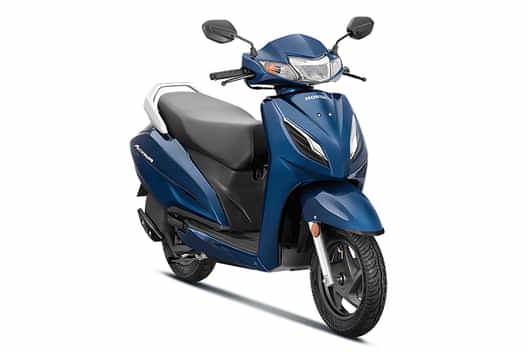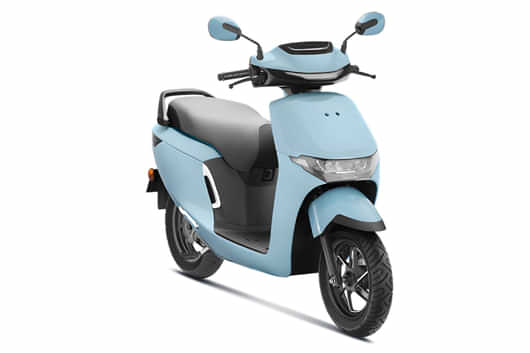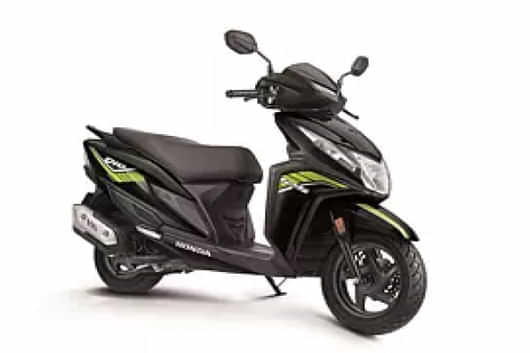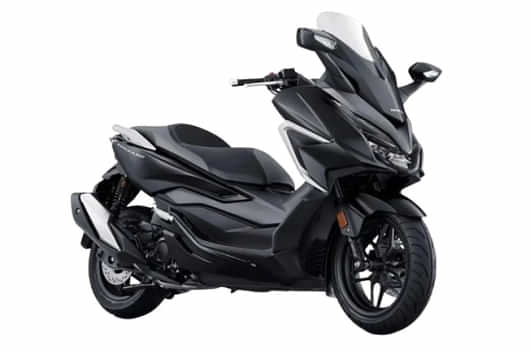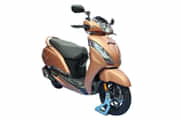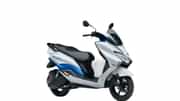
KEY HIGHLIGHTS
- Honda QC1, Activa E: production halted since August
- SIAM data shows no new production
- Dwindling sales and charging infra issues potential factors
In a surprising development, Honda has paused production of both the Honda QC1 and the Activa E:, marking an early setback in the company's entry into the EV scooter market. While the petrol-powered Activa remains a bestseller, the electric models have struggled to gain traction just months after launch, prompting Honda to quietly pull the plug on production while it reevaluates its strategy for India's fast-growing EV segment. Read on to find out more on what's happening behind the doors, but before that, make sure to join the 91wheels WhatsApp Community, specifically curated for petrolheads like us to keep up with the latest news and automotive updates.
Also Read- 2026 Suzuki Hayabusa Gets New Feature & Cosmetic Updates
Honda QC1, Activa e: Production Pause Just Months After Launch

Honda introduced the Activa e: earlier this year to take on rivals like the Bajaj Chetak, TVS iQube, Ola S1, and Ather 450 series, banking on the brand equity of the Activa nameplate. Production began in February 2025, but industry data suggests manufacturing stopped by August, well before demand could scale across the country. The issue doesn't appear to be limited to the Activa Electric alone; the Honda QC1, Honda's more affordable EV offering, has also seen its production suspended. While Honda has not issued a formal statement, the halt aligns with rising unsold inventory and a limited rollout plan that may have restricted demand.
Sales Numbers Tell the Story

Between February and July, Honda manufactured over 11,000 electric scooters across the Activa Electric and QC1 lines. However, fewer than half made it to customers, leaving a significant backlog. The bigger concern is that the Activa Electric contributed only a small fraction of those sales, failing to break even the four-digit mark in the first six months. In contrast, the QC1 performed relatively better, likely due to its lower pricing and simpler charging setup.
The Activa Electric relied solely on Honda's battery-swapping ecosystem rather than home charging, meaning buyers needed access to official swap stations to keep the scooter usable. With infrastructure limited to Bengaluru initially and later select rollout in Mumbai and Delhi, most interested customers outside these cities had no ability to own or operate the scooter reliably.

Charging Strategy May Have Backfired
Honda positioned the Activa Electric as a swappable-battery-only model, a move intended to reduce downtime and keep costs competitive. However, without a widespread charging network, customers had no fallback option if a station wasn't nearby. Honda has openly acknowledged that infrastructure rollout has been slow, and that seems to have influenced purchase decisions far more than anticipated. Meanwhile, the QC1, which supports conventional charging, was available in more cities and offered users a more familiar ownership experience, contributing to its comparatively higher demand.

Also Read- KTM RC 160 Spied Testing Ahead Of Launch - Most Affordable RC!
With production paused and inventory piling up, Honda now appears to be reassessing how it approaches the electric two-wheeler space. This could mean reworking pricing, expanding charging availability before a relaunch, or even revising the product lineup altogether. It's unclear whether production will resume in its current form or whether Honda will pivot to updated EV models as part of its long-term India plan.
Verdict
While the production halt may look like a setback, it more likely reflects Honda's conservative, methodical approach rather than a withdrawal from the EV market. The petrol Activa continues to dominate sales charts, giving Honda the breathing room to rethink its EV rollout rather than push an under-supported product forward. If Honda can solve network accessibility and broaden availability beyond a few cities, the Activa Electric could still become a major player, but only when infrastructure and product execution align.











